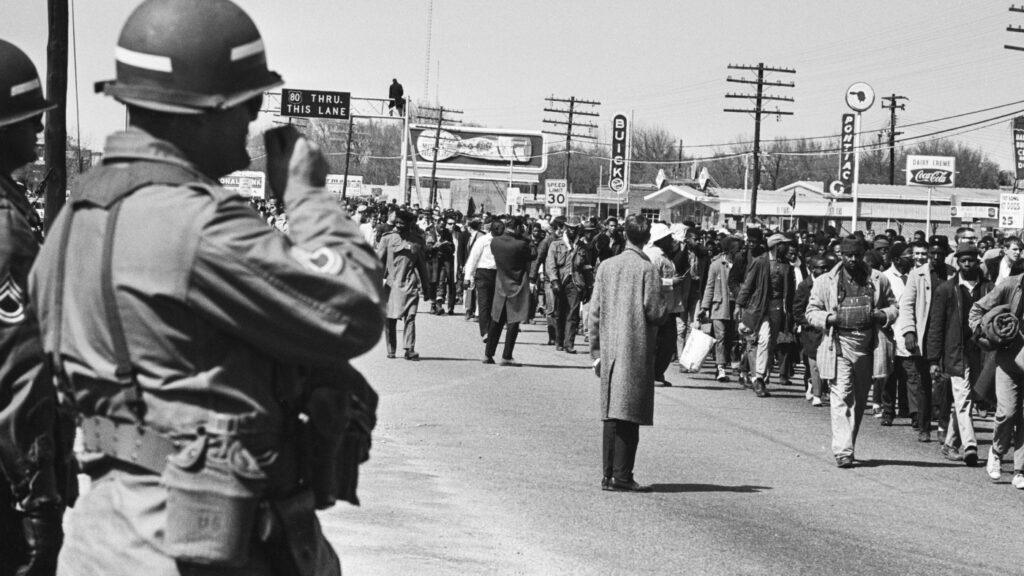In 1965, President Lyndon B. Johnson made a historic move by federalizing the Alabama National Guard to protect civil rights activists during the third Selma march from Selma to Montgomery. This action, after a state governor’s refusal to cooperate, marked the first such instance in 60 years. Fast forward to recent times, President Trump’s decision to federalize the California National Guard without Gov. Gavin Newsom’s consent has reignited discussions on federal intervention in states during times of unrest.
The use of federal military or law enforcement personnel in states facing public disorder is not a new phenomenon. Past instances include President George H.W. Bush assisting California in 1992 post-Rodney King verdict protests and the aftermath of Martin Luther King Jr.’s assassination in 1968. President Johnson’s rare move in 1965 came after Governor George Wallace’s failure to ensure the safety of activists, leading to the federalization of the National Guard.
The powers Johnson invoked had historical precedence, with previous presidents like John F. Kennedy and Eisenhower utilizing similar measures. Eisenhower’s federalization of the Arkansas National Guard in 1957 to enforce school desegregation during the Little Rock crisis is another notable example. These instances underscore the complex dynamics between federal and state authorities during times of social and political upheaval.

